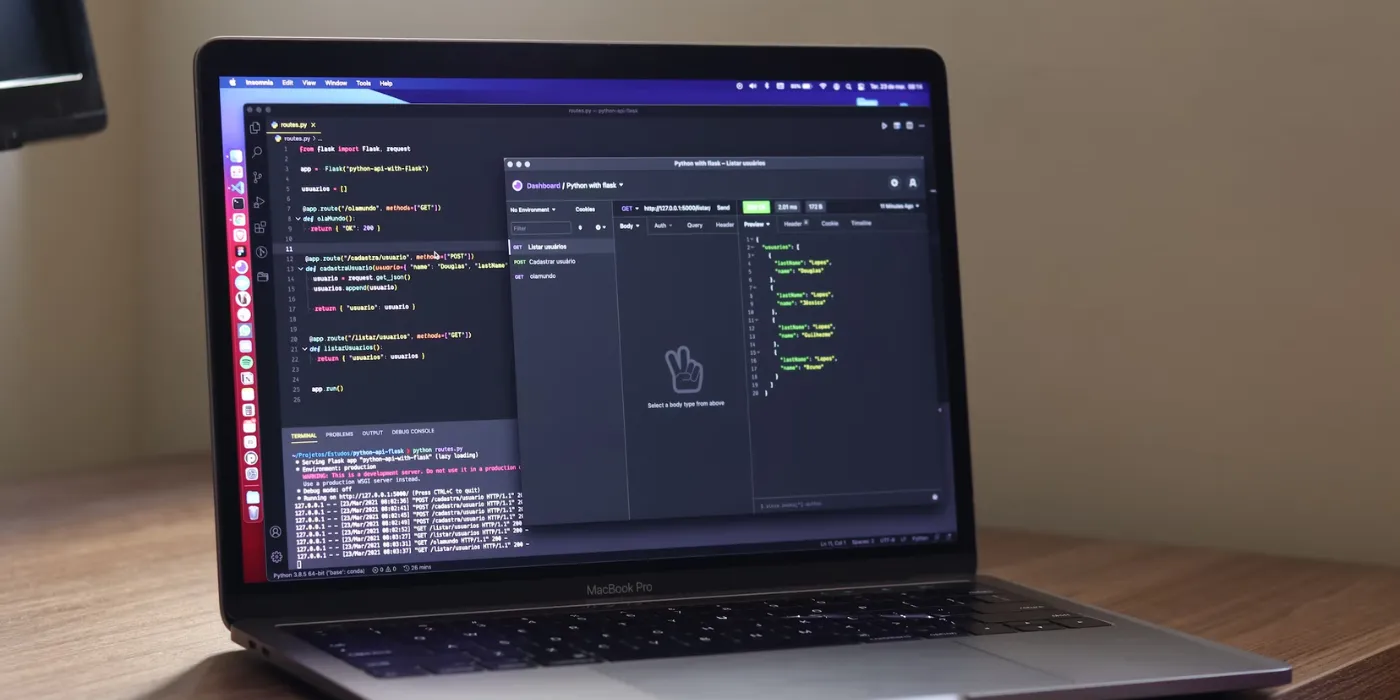In today’s digital landscape, APIs (Application Programming Interfaces) play a crucial role in connecting various software systems, enabling seamless communication and data exchange. As APIs become more prevalent, it becomes essential to ensure their reliability and performance. This is where real-time API monitoring comes into play. In this article, we will explore the importance of real-time API monitoring and its benefits in keeping you ahead in the fast-paced digital world.
What is Real-Time API Monitoring?

Real-time API monitoring refers to the practice of continuously tracking and analyzing the performance and availability of your APIs in real-time. It enables you to proactively detect and address any issues that may arise, ensuring optimal API performance and user experience.
Why is Real Time API Monitoring Important?
Real time API monitoring offers several key advantages:
- Immediate Issue Detection: By monitoring your APIs in real-time, you can quickly identify any performance issues or errors, allowing you to address them promptly before they impact your users.
- Enhanced Reliability: Real-time monitoring helps ensure the reliability of your APIs by proactively detecting and resolving potential issues, minimizing downtime, and maintaining a seamless user experience.
- Optimized Performance: Monitoring API metrics in real-time helps you identify bottlenecks and optimize performance. By analyzing response times, error rates, and other relevant metrics, you can fine-tune your APIs to deliver optimal performance.
- Improved Customer Experience: Real-time monitoring allows you to detect issues that may affect your customers’ experience, such as slow response times or errors. By addressing these problems promptly, you can provide a smooth and satisfying user experience.
Best Practices for Real-Time API Monitoring
To make the most out of real-time API monitoring, consider the following best practices:
1. Set Clear Performance Goals
Define clear performance goals for your APIs based on your specific requirements. This could include response time targets, error rate thresholds, or other relevant metrics. Having well-defined goals will help you track and measure the performance of your APIs effectively.
2. Monitor Key Metrics
Identify the key metrics that impact your API’s performance, such as response time, error rate, throughput, and latency. Continuously monitor these metrics in real-time to quickly identify any deviations from your performance goals.
3. Use Alerting Mechanisms
Set up alerting mechanisms to notify you when an API performance issue occurs. This could be through email notifications, SMS alerts, or integration with a monitoring tool. Alerts enable you to take immediate action and address the issue before it affects your users.
4. Implement Automated Testing
Regularly perform automated tests to simulate various scenarios and ensure your APIs are functioning as expected. Automated testing helps catch any potential issues before they impact your users and allows you to identify performance bottlenecks.
5. Analyze Historical Data
Leverage historical data to identify trends and patterns in API performance. By analyzing historical data, you can gain insights into long-term performance trends, identify recurring issues, and make informed decisions to optimize your APIs.
To make use of it, you must first:
- Go to Uptimeapicloud and simply click on the button “Start monitoring with 30-day Free Trial” to start using the API.
- After signing up in Uptimeapicloud, you’ll be given your personal Trail. Click on the Monitors option.
- Click on the New Monitor button and add the API details with the API name and URL.
- Once you are done, make the API call by pressing the button “Create” and see the results on your screen.
Conclusion
Real-time API monitoring is a crucial practice for businesses that rely on APIs to ensure optimal performance, enhanced reliability, and improved user experience. By setting clear performance goals, monitoring key metrics, implementing alerting mechanisms, conducting automated testing, and analyzing historical data, you can stay ahead in the digital world and provide seamless API experiences for your users.
Implementing real-time API monitoring may require investing in monitoring tools or services, but the benefits far outweigh the costs. Embrace the power of real-time monitoring and take control of your API performance, staying ahead in today’s fast-paced digital landscape.
Read More: Choose Uptimeapi for Reliable API Uptime Monitoring

